Exposure to the sun’s harsh rays can take a toll on the exterior of our vehicles, gradually causing unsightly sun damage over time. Restoring your car’s appearance and protecting its value often involves addressing these sun-induced damages. But what does it actually cost to fix sun damage on a car?
In this article, we will explore the various expenses involved in repairing sun damage on a car, providing insights into the financial considerations of this restoration process. Let’s start!
How Much Does It Cost to Fix Sun Damage on a Car?
On average, the price to rectify sun damage on your car will amount to approximately $1,500. However, it’s important to note that the expenses can vary significantly, spanning from a modest $500 for minor repairs to an extravagant $3,000 or more for extensive damage.
The scope of the sun-induced deterioration plays a pivotal role in determining the final cost. It’s worth mentioning that both the paintwork and the vinyl fixtures of the vehicle can fall victim to the sun’s harmful effects, necessitating distinct repair approaches and thus incurring separate expenses.
Different Factors That Affect Sun Damage Repair
When it comes to repairing sun damage on a car, several factors come into play. The extent of the damage, the type of repair needed, and the specific components affected all contribute to the overall cost and complexity of the restoration process.
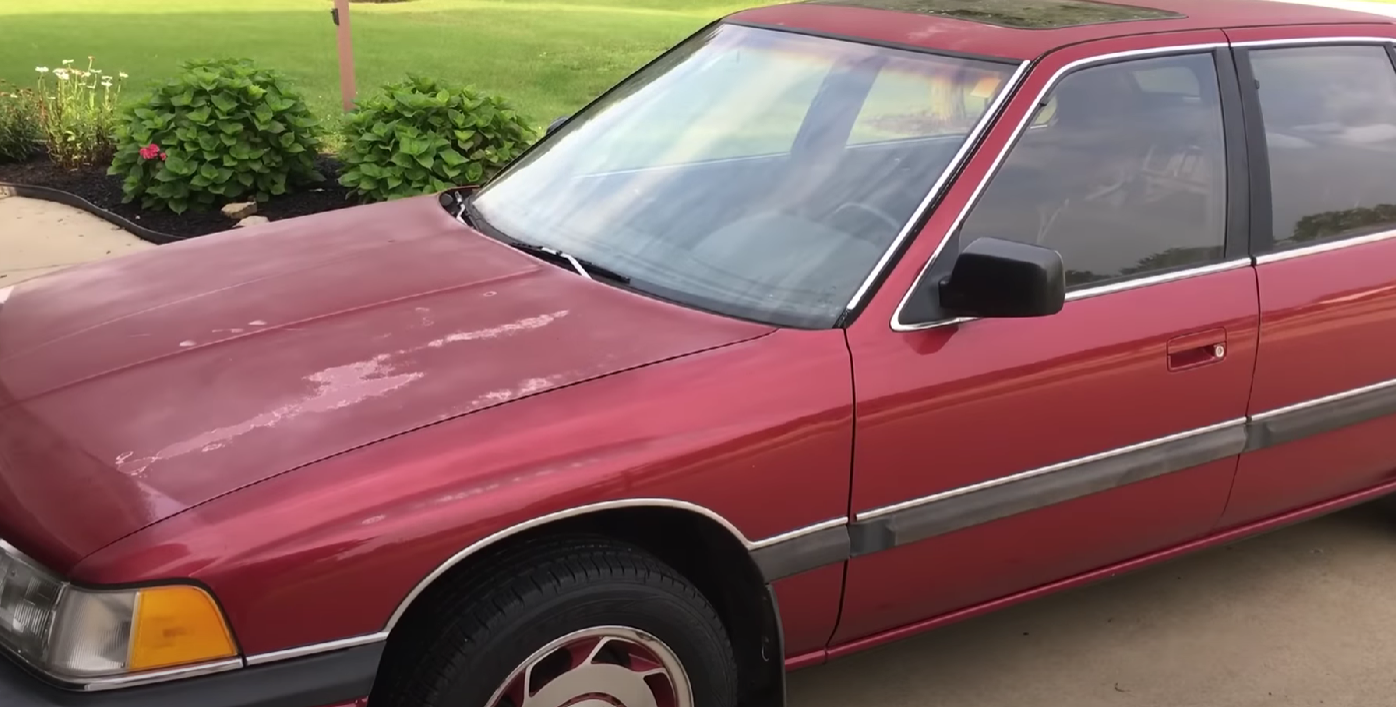
Below are the different factors that influence sun damage repair, shedding light on what car owners should consider before embarking on the journey of rejuvenating their vehicles.
The Severity of Sun Damage
The severity of sun damage is a crucial factor that affects the repair process. Superficial damage, such as minor paint fading or surface-level cracks, may be easier and less expensive to fix compared to deeper and more extensive damage.
Deeply faded or peeling paint, warping of vinyl fixtures, or significant discoloration often require more intensive repair methods, potentially involving paint touch-ups, vinyl replacement, or even panel replacement. The severity of the sun damage will directly impact the time, effort, and cost involved in restoring the car’s appearance.
Type of Repair Needed
The specific repair needed to address sun damage is another important consideration. Different components of a car can be affected by prolonged sun exposure, including paint, vinyl fixtures, and interior upholstery. Each of these elements may require a different approach to repair.
For instance, repairing faded or peeling paint may involve techniques like paint correction, polishing, or even a full repaint. Vinyl fixtures, such as trim or convertible tops, may need to be replaced entirely if they have suffered extensive damage. Interior upholstery may require cleaning, dyeing, or even complete re-upholstering to remove sun-induced fading or cracking.
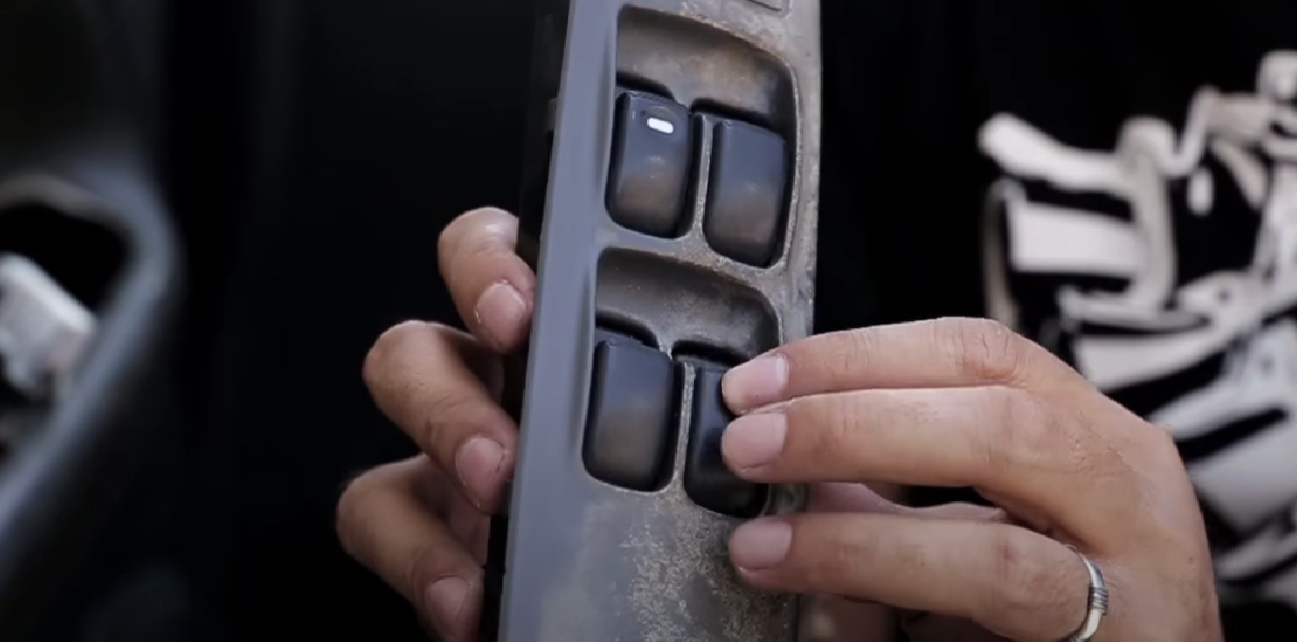
The type of repair required will impact the overall cost and the expertise needed from professionals.
Vehicle Make and Model
The make and model of the vehicle can influence sun damage repair costs as well. Some cars may have more intricate designs or unique paint finishes that require specialized techniques or materials for restoration.
Luxury vehicles or rare models could also incur higher costs due to the limited availability of replacement parts or exclusive repair processes. It is essential to consider the make and model of your car when estimating the potential expenses involved in sun damage repair.
Labor and Material Costs
Labor and material costs are significant factors in sun damage repair. The expertise and experience of the professionals handling the repairs, as well as the quality of materials used, can greatly impact the final cost.
Highly skilled technicians or specialized repair shops may charge higher hourly rates for their services, but their expertise can ensure a more precise and effective restoration. Additionally, premium-quality paints, vinyl materials, or upholstery fabrics will likely come with a higher price tag.
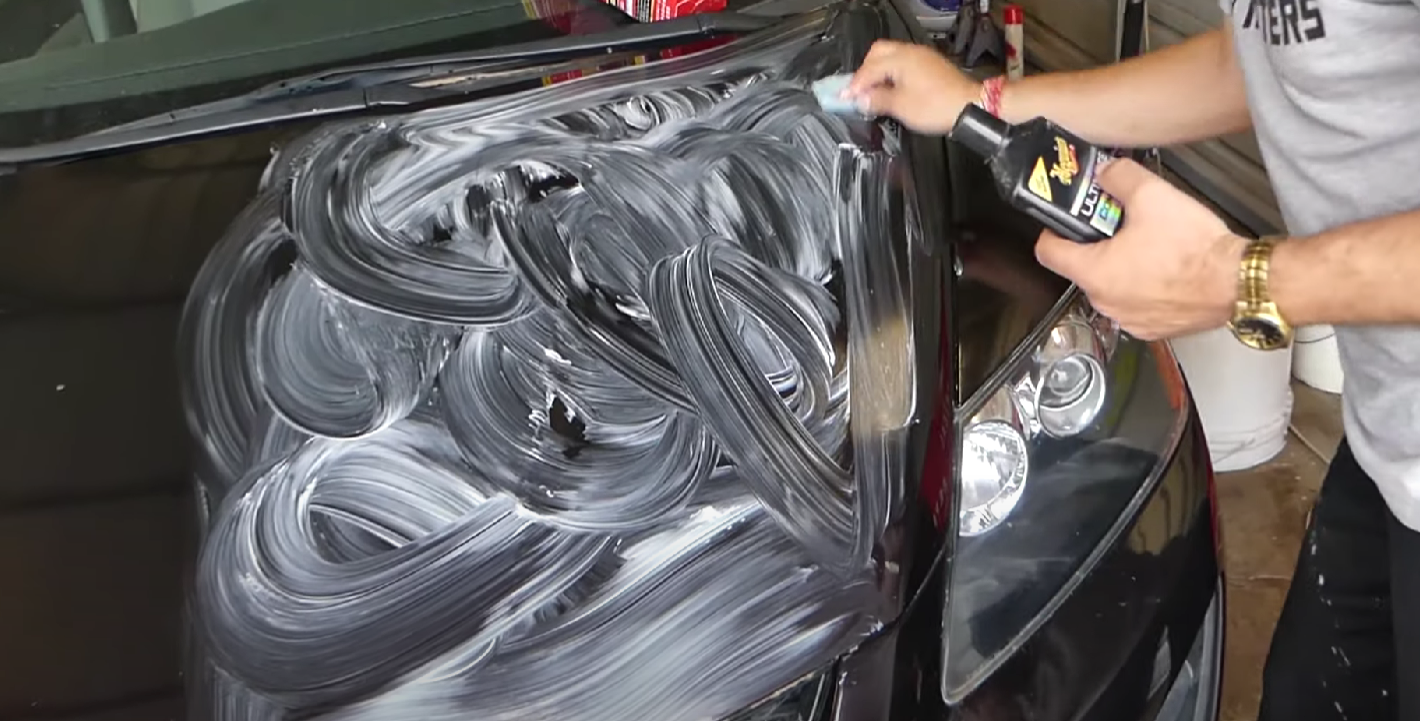
Balancing the desired quality of the repair with the available budget is crucial when considering sun damage repair options.
How to Prevent Sun Damage?
Sun damage can take a toll on your car’s appearance and value. Fortunately, there are proactive measures you can take to prevent sun damage and keep your vehicle looking its best. Below are effective strategies and preventive measures to shield your car from the harmful effects of the sun.
Park in the Shade or Use Car Covers
One of the simplest ways to protect your car from sun damage is by parking in the shade whenever possible. Parking under trees, in covered parking structures, or using carports can significantly reduce sun exposure. If shade is not readily available, consider using a car cover designed to block UV rays.
Car covers offer an additional layer of protection, shielding the vehicle’s paint and interior from direct sunlight.
Apply Protective Coatings
Applying protective coatings, such as wax or paint sealants, can help shield your car’s paintwork from sun damage. These coatings act as a barrier, preventing UV rays from directly reaching the paint and causing fading or oxidation.
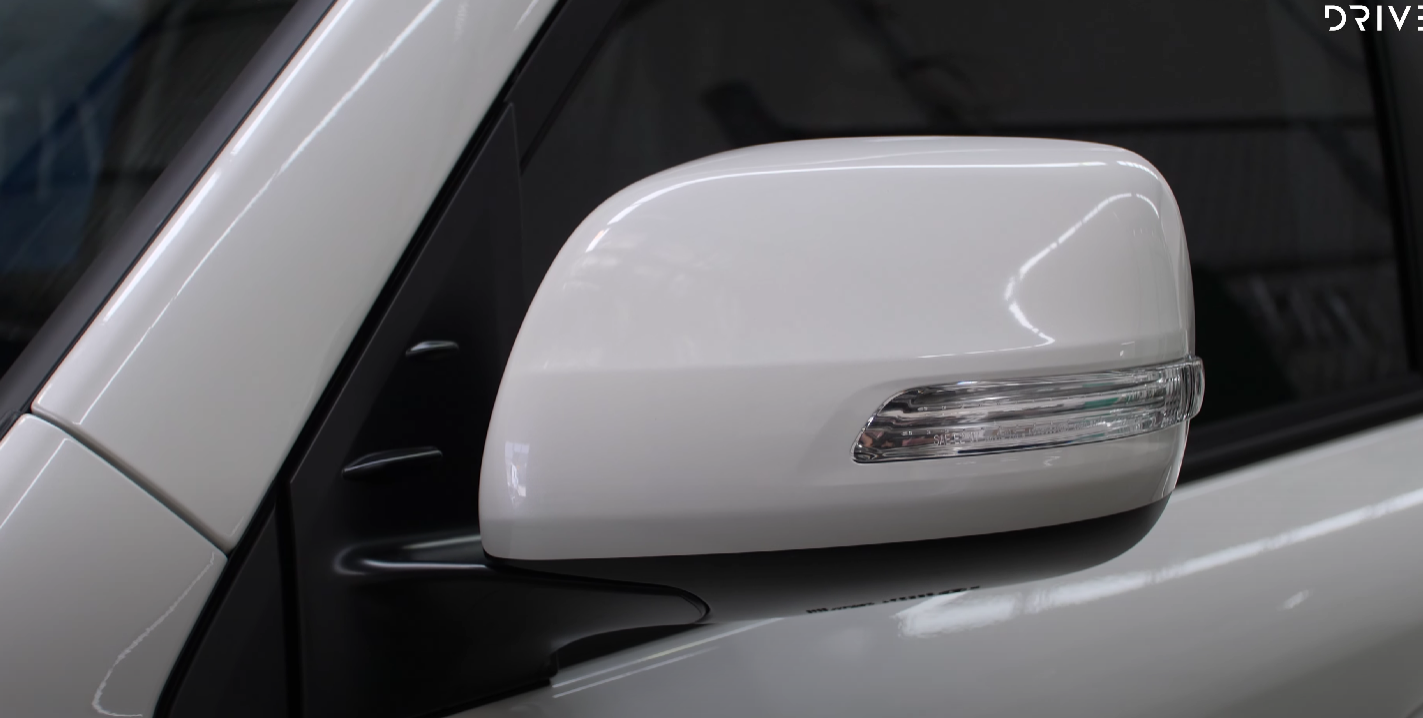
Regularly applying these protective coatings can enhance the longevity and vibrancy of your car’s paint, keeping it looking fresh and minimizing sun-induced deterioration.
Use Window Tinting
Window tinting can effectively reduce the amount of UV radiation [1] that enters your car’s interior. Tinted windows can block a significant portion of UV rays, protecting your vehicle’s upholstery, dashboard, and other interior components from sun-induced fading and cracking.
Ensure that the window tinting complies with local laws and regulations to avoid any legal issues.
Regular Cleaning and Maintenance
Regular cleaning and maintenance play a vital role in preventing sun damage. Regularly washing your car not only keeps it looking clean and presentable but also removes dirt, debris, and pollutants that can exacerbate the effects of sun exposure.
Additionally, applying a UV-protectant product to your car’s exterior surfaces and using conditioning products on interior components can help preserve their quality and prevent sun-induced wear and tear.
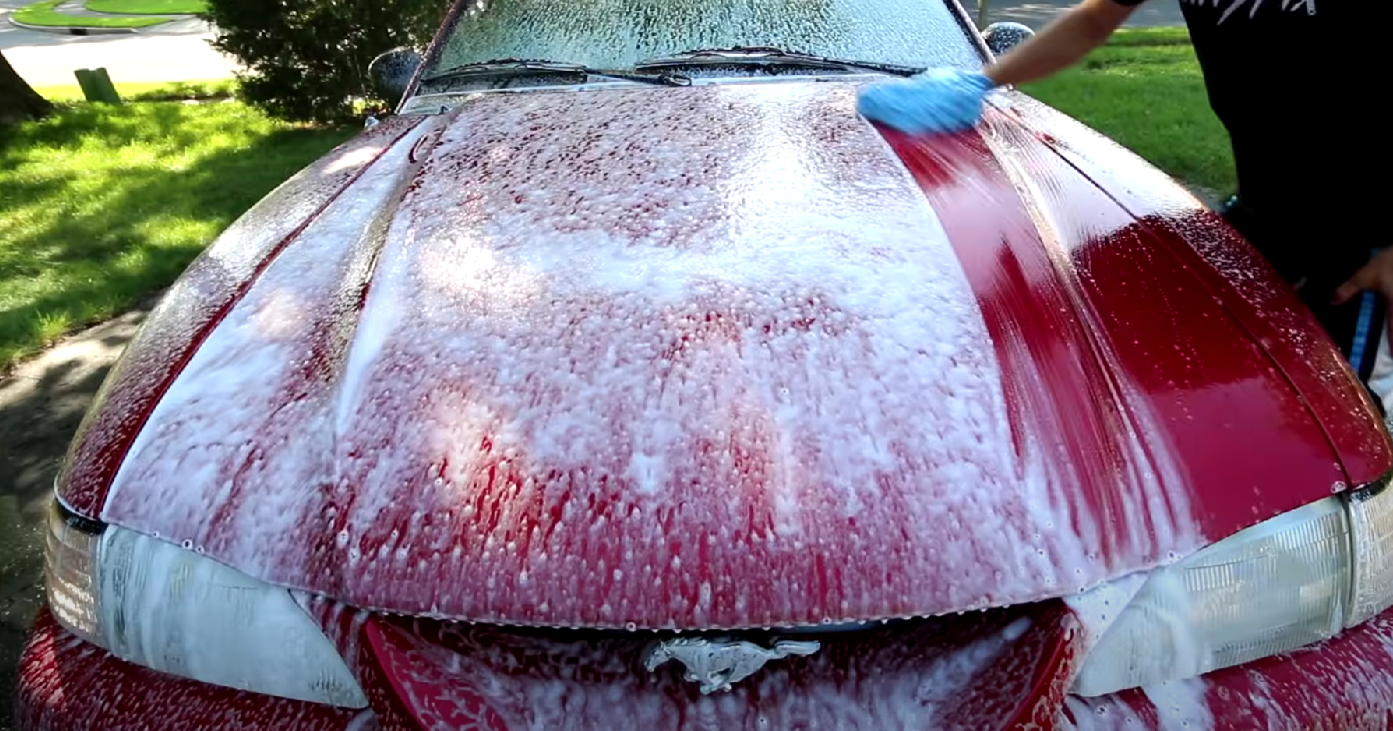
Limit Sun Exposure During Peak Hours
When possible, try to limit your car’s exposure to the sun during peak hours of intense sunlight, typically between 10 am and 4 pm. If you have the flexibility, plan your trips or errands accordingly, choosing early morning or late afternoon hours when the sun’s rays are less harsh.
By reducing the amount of time your car spends under direct sunlight, you can significantly minimize the risk of sun damage.
Conclusion
While the cost of fixing sun damage on a car can vary, investing in restoration is a worthwhile endeavor to bring back the shine. Remember, the price tag will depend on the extent of the damage, with options available for every budget. Get ready to give your car a sun-damage-free makeover.

